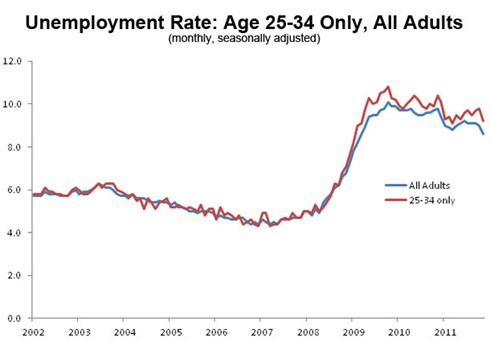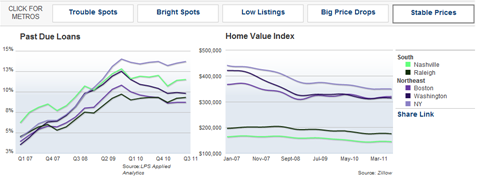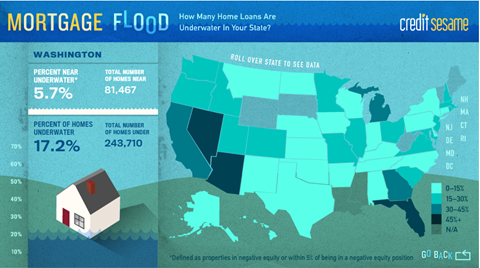 Despite survey after survey showing that consumers expect home prices to continue to decline next year, most home owners still believe their houses are worth more than what their agents recommend.
Despite survey after survey showing that consumers expect home prices to continue to decline next year, most home owners still believe their houses are worth more than what their agents recommend.
Nearly three out of four home owners, 76 percent, believe their homes are worth more than the recommended agent listing price. By contrast, 68 percent of home buyers believe homes are overpriced, according to the latest HomeGain. Thirty-two percent said homes are overpriced by more than 10 percent.
The gap between what sellers expect and what agents recommend has actually grown slightly over the past year even though national median prices have declined about 4-7 percent this year. A year ago, some 73 percent of owners thought their homes were worth more than their agent’s recommended listing price and 69 percent of buyers thought homes were overpriced.
“The market in the Syracuse, NY area is classified as a buyers market. Sellers are still not understanding the importance of proper pricing as most sellers properties are priced 5 to 10% over market value,” said one professional.
“Seller pricing is not necessarily the problem. The issue is making it possible for buyer candidates to buy a home. More buyers equal better quality offers. The credit system needs to be reinvented,” commented another.
Forty-two percent of real estate agents and brokers and 37 percent of homeowners think that home values will decrease in the coming six months. Only 15 percent of real estate professionals expect home values to increase in the next six months, up four percent from last quarter. Fifteen percent of home owners also expect home values to increase in the next six months, up three percent from last quarter.
“Home owners and real estate professionals appear to be in sync regarding the direction of home prices. Home buyers and sellers, however, continue to remain apart as to home valuations with the vast majority of home owners thinking their homes are worth more than their agents and the market are telling them,” said Louis Cammarosano, General Manager of HomeGain.
Over 400 real estate agents and brokers and over 2,000 home owners were surveyed in HomeGain’s nationwide fourth quarter 2011 home values survey.
For more information, visit www.realestateeconomywatch.com













